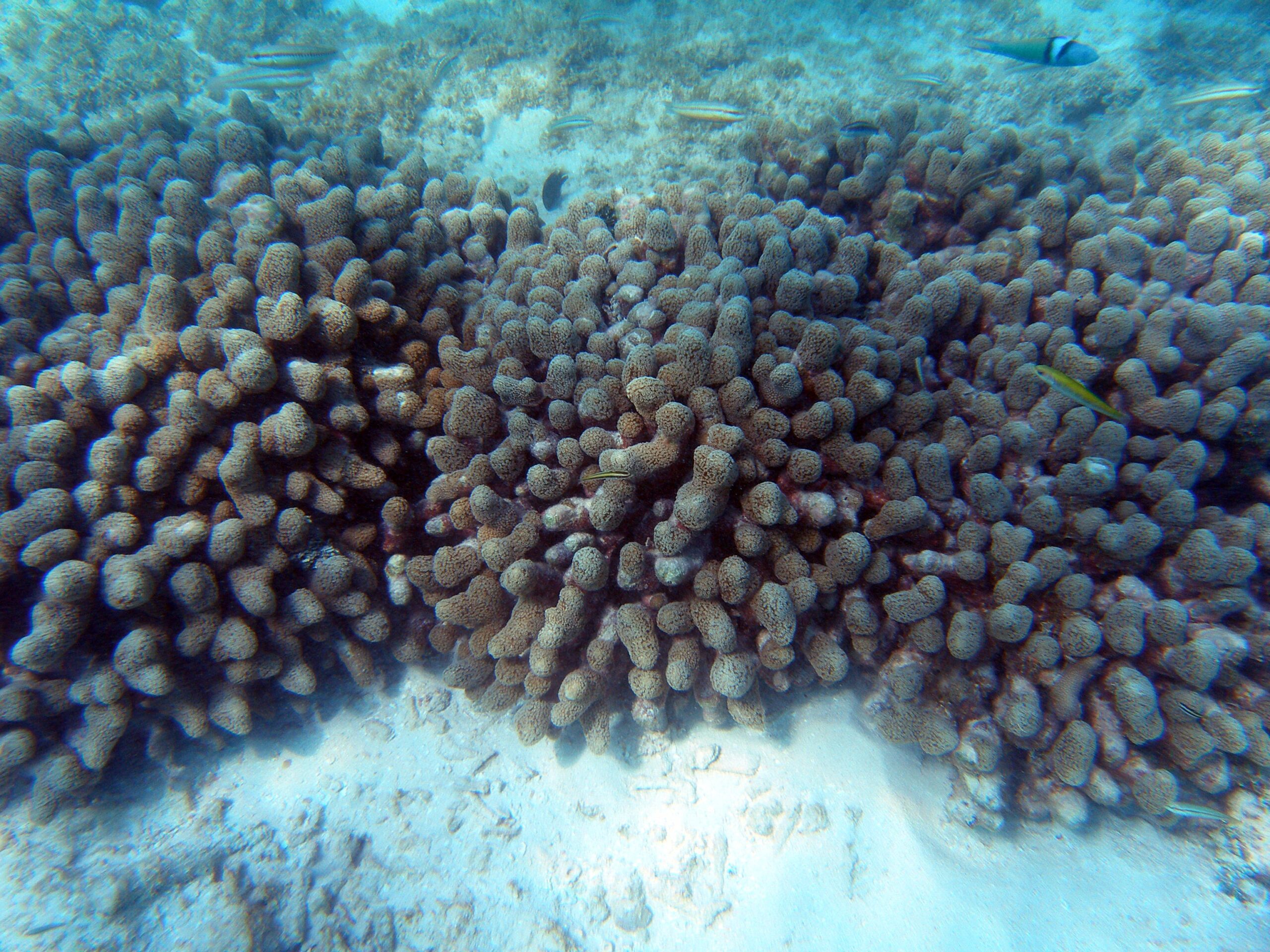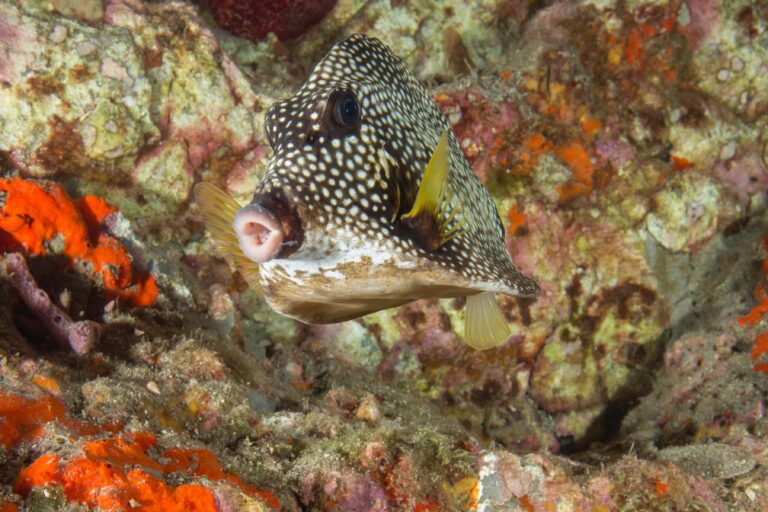Introduction
Dive into the azure depths of our oceans, and you’ll discover a vast and intricate world where the very essence of life is written in the genes of its inhabitants. As we embark on a journey to explore the profound importance of marine genetic diversity, we uncover the critical role it plays in the health and sustainability of our oceans. Join us in understanding how ocean conservation stands as a beacon, safeguarding the genetic diversity that forms the backbone of marine life.
Human Activities Impacting Marine Ecosystems: Preserving Genetic Diversity
Human activities pose a significant threat to the genetic diversity of marine organisms. Pollution, coastal development, and industrial activities contribute to the degradation of marine ecosystems, impacting the genetic makeup of various species. Oil spills, for example, can lead to genetic mutations in marine organisms, affecting their ability to adapt and survive. Additionally, the introduction of invasive species through ballast water discharge and ship transport can disrupt the natural genetic balance of marine ecosystems.
To mitigate these threats, stringent regulations and sustainable practices are crucial. Implementing eco-friendly technologies and fostering awareness about the importance of marine genetic diversity can play a pivotal role in preserving the intricate web of life beneath the waves.
Climate Change and Its Effects on Marine Genetics: A Looming Crisis
The escalating impacts of climate change are felt keenly in the world’s oceans, affecting marine genetic diversity. Rising sea temperatures, ocean acidification, and extreme weather events pose unprecedented challenges to marine organisms. These changes can alter the distribution of species, affecting their genetic composition and potentially leading to the loss of unique genetic traits.
Efforts to combat climate change on a global scale are essential to safeguard marine genetic diversity. Implementing sustainable energy practices, reducing carbon emissions, and supporting research on climate-resilient species can contribute to the preservation of genetic diversity in our oceans.
Overfishing and Habitat Destruction as Contributors to Genetic Loss: Striking a Balance for Sustainability
Overfishing and habitat destruction are major contributors to the loss of genetic diversity in marine populations. Unregulated fishing practices can lead to the depletion of specific gene pools within targeted species, reducing their overall genetic variability. Moreover, destructive fishing methods, such as bottom trawling, can damage crucial habitats like coral reefs and seagrass beds, further exacerbating the genetic threats.
Sustainable fisheries management and the establishment of marine protected areas are vital steps toward addressing these issues. By adopting responsible fishing practices and protecting critical habitats, we can promote genetic resilience in marine species and ensure the long-term health of our oceans.
Overview of Ocean Conservation Efforts Globally
Ocean conservation is a critical global initiative aimed at safeguarding the health and vitality of Earth’s oceans. With marine ecosystems facing unprecedented threats such as overfishing, pollution, and climate change, concerted efforts are underway worldwide to address these challenges. Organizations, governments, and individuals are actively working towards the preservation of marine habitats, biodiversity, and overall ocean health. Initiatives include beach cleanups, sustainable fisheries management, and campaigns to reduce plastic waste. Additionally, collaborative international agreements like the Paris Agreement and the United Nations’ Sustainable Development Goal 14 emphasize the importance of global cooperation to protect our oceans.
The Role of Marine Protected Areas in Preserving Genetic Diversity
Marine Protected Areas (MPAs) play a crucial role in ocean conservation by serving as sanctuaries for marine life. These designated zones restrict human activities to minimize disturbances and provide a safe haven for a diverse range of species. One significant benefit of MPAs is the preservation of genetic diversity within marine populations. By allowing species to thrive without the pressures of overfishing or habitat destruction, MPAs contribute to maintaining healthy and resilient ecosystems. This genetic diversity is essential for the long-term adaptability and survival of marine species in the face of environmental changes.
Sustainable Fishing Practices and Their Impact on Genetic Resources
Sustainable fishing practices are pivotal in ensuring the longevity of fisheries and the conservation of oceanic genetic resources. Overfishing poses a severe threat to marine biodiversity and genetic diversity by depleting populations and disrupting natural reproductive patterns. Adopting sustainable fishing methods, such as implementing catch limits, using selective gear, and avoiding destructive practices like bottom trawling, helps maintain fish stocks at healthy levels. This, in turn, preserves the genetic diversity of targeted species and safeguards the intricate balance of marine ecosystems. By prioritizing sustainability in fishing, we can secure the future of our oceans and ensure the continued availability of genetic resources for generations to come.

Biodiversity Hotspots: Focal Points for Conservation
Biodiversity hotspots are critical areas identified for their exceptional biological richness and high endemism. While terrestrial hotspots often steal the limelight, the significance of marine biodiversity hotspots should not be underestimated. These underwater treasures encompass regions with extraordinary marine genetic diversity, becoming focal points for conservation efforts aimed at preserving the delicate balance of marine ecosystems.
Highlighting Specific Regions with High Marine Genetic Diversity
Certain regions across the globe stand out for their rich marine genetic diversity. The Coral Triangle, stretching across the Indo-Pacific, is renowned for hosting over 75% of the world’s coral species. The Galápagos Islands, with their unique oceanic conditions, support diverse marine life, including numerous endemic species. These regions, teeming with genetic variations, serve as invaluable resources for scientific research and potential breakthroughs in medicine, making their conservation paramount.
Case Studies on Successful Conservation Efforts in These Hotspots
Successful conservation efforts in marine biodiversity hotspots provide a beacon of hope for the preservation of our oceans. One notable example is the Great Barrier Reef Marine Park Authority’s initiatives to protect the Great Barrier Reef in Australia. Through stringent regulations, community involvement, and scientific research, they have made significant strides in safeguarding this iconic hotspot. Another success story unfolds in the Gulf of California, where collaborative efforts between local communities and conservation organizations have contributed to the rebound of endangered marine species.
The Benefits of Protecting Genetic Diversity in These Key Areas
Protecting genetic diversity in marine hotspots yields a plethora of benefits. These areas serve as natural laboratories, offering insights into the adaptation and resilience of species in the face of environmental changes. Preserving genetic diversity is crucial for the long-term survival of marine ecosystems, enhancing their ability to withstand threats such as climate change and pollution. Additionally, these hotspots support fisheries, tourism, and various industries, emphasizing the economic importance of maintaining a healthy and diverse marine environment.
The Role of Genetic Research in Understanding and Conserving Marine Species
Genetic research has become a cornerstone in our efforts to comprehend and preserve marine species. Through advancements in DNA analysis, scientists can delve deep into the intricacies of the genetic makeup of various marine organisms. This knowledge allows researchers to identify distinct populations, track migration patterns, and understand the overall biodiversity of marine ecosystems.
By unraveling the genetic code of marine species, scientists gain critical insights into their adaptability, susceptibility to diseases, and potential vulnerabilities to environmental changes. This information proves invaluable for conservation strategies, enabling scientists to tailor management plans that address the unique genetic characteristics of each species. Moreover, genetic research aids in the identification of individuals with specific traits crucial for survival, aiding selective breeding programs aimed at enhancing resilience in the face of climate change and other threats.
In essence, genetic research not only contributes to our understanding of the intricate web of marine life but also provides a roadmap for targeted and effective conservation measures. As technology continues to advance, genetic research is likely to play an increasingly pivotal role in safeguarding the rich biodiversity of our oceans.
Innovations in Technology Aiding Conservation Efforts
The field of conservation has witnessed a surge in technological innovations that are transforming the way we protect marine ecosystems. Drones equipped with advanced imaging systems are revolutionizing monitoring efforts, allowing scientists to survey vast oceanic areas efficiently. Satellite technology enables real-time tracking of marine species, helping researchers gather crucial data on migration patterns, habitat usage, and population dynamics.
Underwater sensors and remotely operated vehicles (ROVs) provide unprecedented access to the depths of the ocean, unveiling hidden ecosystems and facilitating the study of elusive species. Artificial intelligence (AI) algorithms process immense datasets, identifying patterns and anomalies that human researchers might overlook.
These technological breakthroughs not only enhance our understanding of marine environments but also empower conservationists to implement targeted and data-driven strategies. As technology continues to evolve, the synergy between innovation and conservation efforts promises a more effective and sustainable approach to protecting our oceans.
Collaborative Initiatives Between Scientists and Conservation Organizations
Effective conservation requires a collaborative approach, and the synergy between scientists and conservation organizations is crucial in addressing the complex challenges facing marine ecosystems. Researchers working hand-in-hand with non-profit organizations, government agencies, and local communities can combine scientific expertise with on-the-ground conservation efforts.
Collaborative initiatives foster knowledge exchange, enabling scientists to gain insights from the experiences of those actively engaged in conservation practices. This partnership also facilitates the translation of scientific findings into actionable strategies, ensuring that research directly informs conservation policies and practices.
Furthermore, collaboration enhances the efficiency of conservation projects by pooling resources, both financial and intellectual. By fostering a network of interconnected efforts, scientists and conservation organizations can maximize their impact and work towards a shared goal – the sustainable preservation of marine biodiversity. This collaborative spirit is essential in navigating the intricate challenges of marine conservation and ensuring a collective commitment to safeguarding our oceans for future generations.
Video Credit: Conservation International
FAQs
Q. How does genetic diversity contribute to the resilience of marine species?
A. Genetic diversity enhances resilience by providing a pool of different traits, enabling species to adapt to changing environmental conditions.
Q. Can marine protected areas effectively preserve genetic diversity?
A. Yes, marine protected areas are crucial in preserving genetic diversity by offering safe habitats for marine species to reproduce and maintain their unique genetic makeup.
Q. How can individuals contribute to marine genetic diversity conservation?
A. Individuals can contribute by supporting sustainable practices, participating in beach clean-ups, and advocating for policies that prioritize marine genetic diversity.
Q. Why is coral reef conservation vital for maintaining genetic diversity?
A. Coral reefs are genetic hubs, supporting various marine species. Their conservation ensures the preservation of genetic diversity and the health of marine ecosystems.
Q. What role do mangroves play in supporting genetic richness?
A. Mangroves provide a unique environment for various marine species to reproduce, contributing to genetic richness and supporting overall ecosystem health.
Q. How does climate change impact marine genetic diversity?
A. Climate change can alter marine environments, affecting the distribution and behavior of species. Conservation efforts are crucial to help marine life adapt to these changes.



